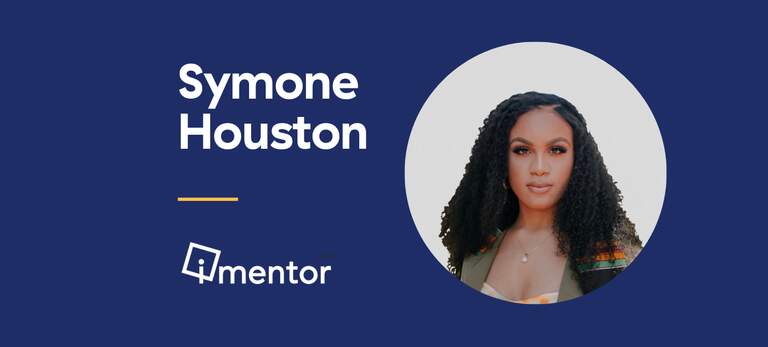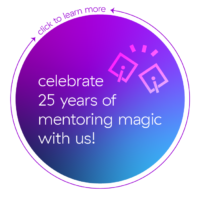As a Citi Service Fellow at iMentor for the past year, I served as iMentor’s alumni engagement coordinator, tasked with being a thought leader for the organization on alumni community matters. I’m excited to share what I’ve learned along the way.
The Challenges of Engaging Alumni
iMentor is an organization with more than 20,000 alumni, yet the wide reach doesn’t diminish the challenges many smaller organizations face when creating an engaged community. Growing a community in which people feel part of a mission and continuously make the choice to show up requires intentionality and care.
Our metrics tell us that on average, 20 to 40 percent of alumni open our emails, and 15 to 20 percent of those recipients click on an embedded link. I believe that this lack of engagement can be attributed to having outdated information about our alumni mentors and mentees. Moving forward, we plan to work with other teams to maintain updated information after mentors and mentees complete the formal iMentor program. I also believe that these metrics may reflect, in part, a feeling of distance from the iMentor program that pairs once received in the high school or post-secondary years.
The Importance of Information Sharing Across Teams
Understanding students’ transitions from iMentor’s high school program to the post-secondary program, to becoming alumni helped us identify moments in which mentees and mentors were more likely to feel disconnected from each other and the wider iMentor community.
Working closely with leaders in our post-secondary program, I learned that some mentors wanted to feel more included in the work iMentor was doing with students—they a similar experience to iMentor’s high school program. We decided to go back to the drawing board at our national program team retreat this past spring to think about how to center mentors’ experiences throughout the iMentor program and in the alumni community. As a result, our post-secondary program will have more touchpoints with mentors that focus on how we can support them in their relationships with their mentees.
Appreciation Needs to Come Before the Ask
This was the first year the alumni community raised money for our annual community-driven campaign, the iMentor Challenge. For this pilot year, we set a goal of $10,000 and raised $8,448, the result of eight Alumni Council members who fundraised.
We learned from our Alumni Council members that this was the first time they fundraised for such a campaign. Even so, three Council members (including myself) utilized their networks to help them reach their goals.
In the future, we will focus on inviting Council members who demonstrated a high commitment to our mission while still in the iMentor program. We believe this will increase the number of people who will fundraise and use their networks to raise awareness of and support for iMentor.
We also believe increasing mentor appreciation in our programming will go a long way in helping to activate our community for fundraising. This past year for National Mentoring Month, we sent gift cards to alumni mentors and more than 100 alumni mentors engaged with us. What would it look like if this many people responded to our call for fundraising? Yes, we’d be able to raise more money, but most importantly, we’d be helping more students and expanding our impact even further.
The Future of This Work
This past year was a learning year for alumni engagement, and I believe it has set us on the right path to do great work. We took the time to understand the needs of our mentors; they believe we do amazing work and have seen it themselves. Most importantly, mentors need to feel seen and be given agency each step of the way. As part of our work, we build intentional experiences. Now more than ever, after periods of isolation, we’re investing time and care into a community dedicated to helping students succeed.
I’m excited to see this community continue to grow and I’m glad I had the opportunity to contribute to the beginning of an impactful alumni community.

